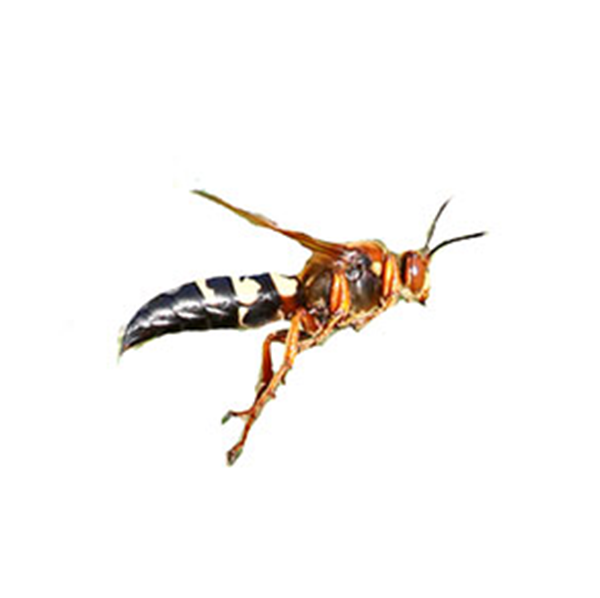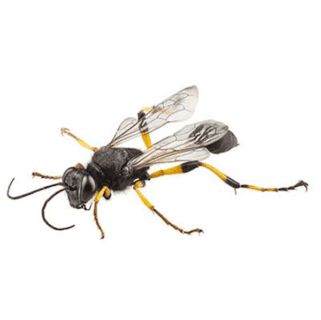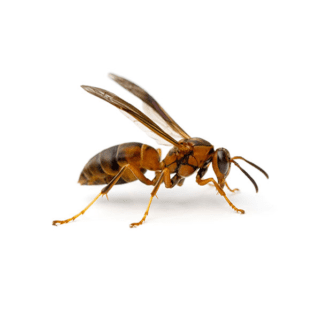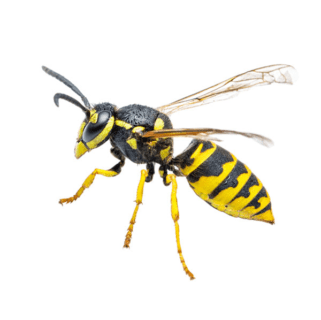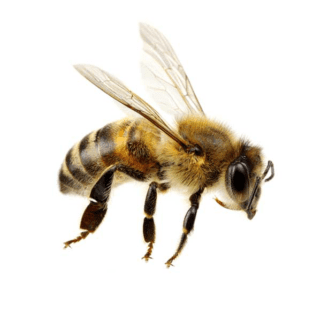Cicada Killer Wasps in Lubbock TX
In Lubbock TX, cicada killer wasps are a familiar sight. They’re known for their substantial size, making them one of the largest wasp species in North America. These creatures are indigenous to the U.S., Mexico, and certain Central American regions.
They feed primarily on flower nectar, tree sap, and cicadas. They use their mandibles to capture cicadas in flight or on vegetation, and then carry them back to their burrows. Once inside the burrow, the female lays an egg on the paralyzed cicada.
These wasps prefer creating their habitats in soft, sandy soil that allows easy digging of burrows, often found in areas like flower beds, along slopes, or near sidewalks. As summer approaches, adult cicada killer wasps join the landscape, seen either hovering over flowers or meticulously constructing their underground nests close to cicada populations.
Cicada Killer Wasp Habitat
Cicada killer wasps choose their nesting ground near cicada habitats, visible by mounds of soil at the entrance, safeguarded by the vigilant male wasps to ward off any threats.
The lifecycle of the cicada killer wasp commences as a larva overwintering in a cozy cocoon under the soil, transforming into a pupa in spring, and finally greeting the world as adults from June onwards throughout the summer season. Here’s a breakdown of that life cycle:
- Larva: The cicada killer wasp overwinters as a larva in a cocoon within a burrow in the soil.
- Pupa: The cicada killer wasp pupates in the spring.
- Adult: Adult cicada killer wasps begin emerging in June and continue to emerge throughout the summer
Cicada Killer Wasp Behaviors, Threats, or Dangers
Unlike what their intimidating presence might suggest, cicada killer wasps are generally not aggressive towards humans and pets. However, disturbances to their habitat might provoke them – with stings from females capable of causing pain or allergic reactions in some individuals.
Their burrowing activities can pose issues for plant roots and could undermine the stability of walkways or structures. The male wasps, emerging first, await the females to mate, usually resulting in the female wasps selecting urban lawns or similar locations to commence their burrowing.
For Lubbock TX residents experiencing issues with cicada killer wasps, the solution lies with local expertise for safe pest removal. If you are dealing with a cicada killer wasp problem, contact your local wasp removal experts for help.

